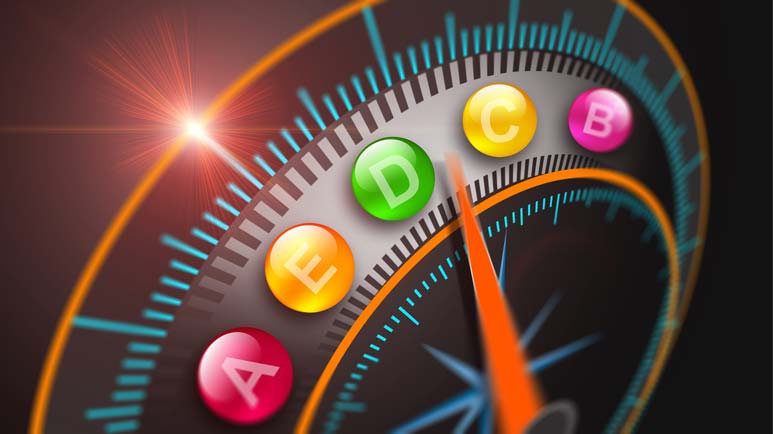Vitamin D and COVID-19: Studies Show Vitamin D is critical

Vitamin D is critical for protection from viral infection of the Lungs
Studies have shown that vitamin D supplementation is beneficial for treating COVID-19. These studies have shown that low levels of vitamin D circulation (serum 25(OH)D, 25D) were correlated with a high mortality rate among COVID-19 patients.
Scientists reported that vitamin D and the active form of vitamin D (1,25(OH)2D, 1,25D) play a significant role in the anti-viral response. However, the extent of the effect may vary with different viruses. A previous in vitro study revealed that 1,25D treatment of T cells from individuals infected with human immunodeficiency virus (HIV) showed a significant decrease in viral RNA transcription by direct decrease of NF-kB, which reactivates proviral HIV. However, similar in vitro treatment on epithelial cells of patients infected with respiratory syncytial virus (RSV) did not affect viral replication.
Scientists revealed that the production of cytokines (e.g., TNFa, IL-5, IL-1b, IL-6, IL-10 and type I interferons) and antimicrobial peptides (e.g., cathelicidin, b-defensin, etc.,) at mucosal surface play an important role in the innate immune response against viruses. Many studies have reported that 1,25D and other vitamin D analogs induce the production of cathelicidin in response to viral infection.
Since studies have reported that cathelicidin LL-37 can effectively kill viruses, such as influenza, researchers believe it could also inhibit the SARS-CoV-2 virus. Another important attribute of 1,25D is that it reduces IFNg, IL-6, and TNF levels and restricts inflammatory responses.
Research has also shown that vitamin D targets lung epithelial cells due to the presence of vitamin D receptors (VDR). A previous study using a mice model demonstrated that mice treated with 1,25D precursors were also protected from subsequent H1N1 influenza infection.The current study utilized two animal models, i.e., mice and hamsters. The experimental findings from both the animal models suggested that vitamin D supplements effectively reduced lung inflammation following SARS-CoV-2 and H1N1 influenza infection.
Scientists found that D- mice had lung infections even without viral infection. A previous study by the same group of researchers reported that feeding D- diets to mice inhibited the production of 1,25D (Cyp KO), which resulted in severe vitamin D deficiency. The current study reported severe influenza infection in D- Cyp KO, while minimal infection was observed in D+ WT mice.
The authors reported that following influenza infection, the survival of D+ Cyp KO mice was significantly less compared to D+ WT mice. Similarly, researchers observed that the introduction of vitamin D supplement significantly lowered lung inflammation and Ifnb expression in the lung of mice after SARS-CoV-2 infection.
Scientists observed that vitamin D treatments did not show any effect on the expression of viral RNA (SARS-CoV-2 or H1N1 influenza) in the lungs of both hamsters and mice. However, it controlled the hosts’ inflammatory response to viruses in the lungs.
A high dose of vitamin D treatment (D++) exhibited a similar level of protection from SARS-CoV-2 in mice. Additionally, 25D treatment supported a faster recovery in SARS-CoV-2 infected mice. The finding of this study is supported by previous studies that reported 25D treated mice exhibited a reduction in lung inflammation. However, vitamin D treatment showed an insignificant effect on weight loss and lethality following H1N1 infection.
Researchers reported that SARS-CoV-2 infection-induced Cyp27B1 and Cyp24A1 in the lungs of mice infected with SARS-CoV-2. The current study stated that the ability of the host to produce Cyp27B1 is essential for the survival of mice with H1N1 infection. The dietary supplements, i.e., only a high dose of vitamin D supplement (D++), increased the concentration of 25D in serum.
The study's results strongly indicated that vitamin D and 1,25D treatment could effectively protect the lungs from COVID-19 infection. More clinical studies are required to understand better the underlying mechanism by which vitamin D regulates anti-viral response in the lungs.Vitamin D and COVID-19
.png)
Protocols Using Vitamin D
Vitamin D for Prevention (I-PREVENT)

|
| Table 2. How to replenish Vitamin D levels based on baseline levels |

|
| Table 3. How to calculate Vitamin D dose when baseline not available |
Vitamin D for Treatment
.png)
Key Takeaways
- Abundant evidence suggests that eating whole in fruits, vegetables and whole grains—all rich in networks of naturally occurring antioxidants and their helper molecules—provides protection against free radicals.
- Vaccination
- Getting Enough Sleep
- Avoid sugar, red meat and processed foods.
- Take steps to avoid infection, such as washing your hands frequently and cooking meats thoroughly.
- Try to minimize stress.
- Drink enough water to keep your body hydrated.
- Avoid drinking excess alcohol and stop smoking.
- Avoid crowded areas especially in-door.
- Regular outdoor physical activity. (Ref)
- Wear protective face mask. This is to protect not only yourself but others.
- Consult your nearest local healthcare provider if you have any doubt.



.png)



Comments
Post a Comment